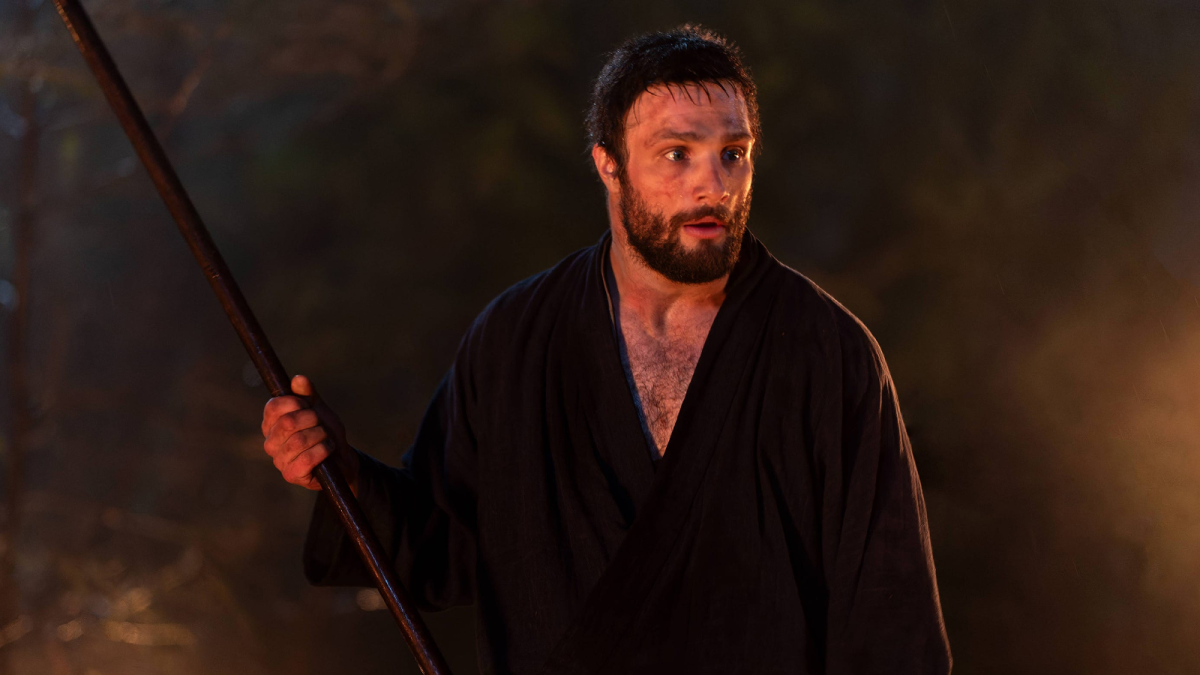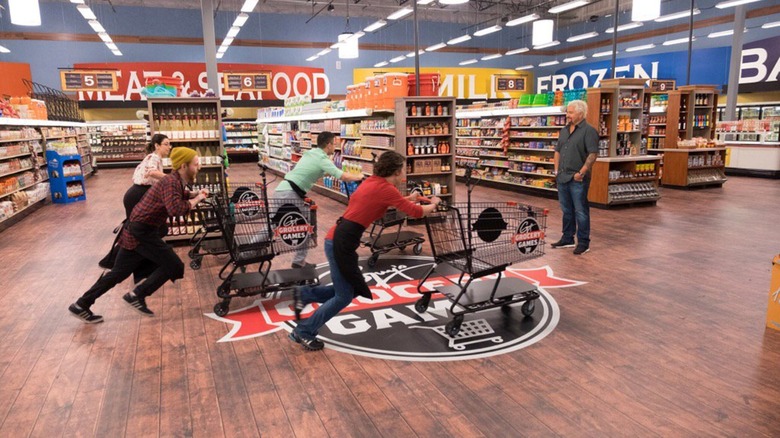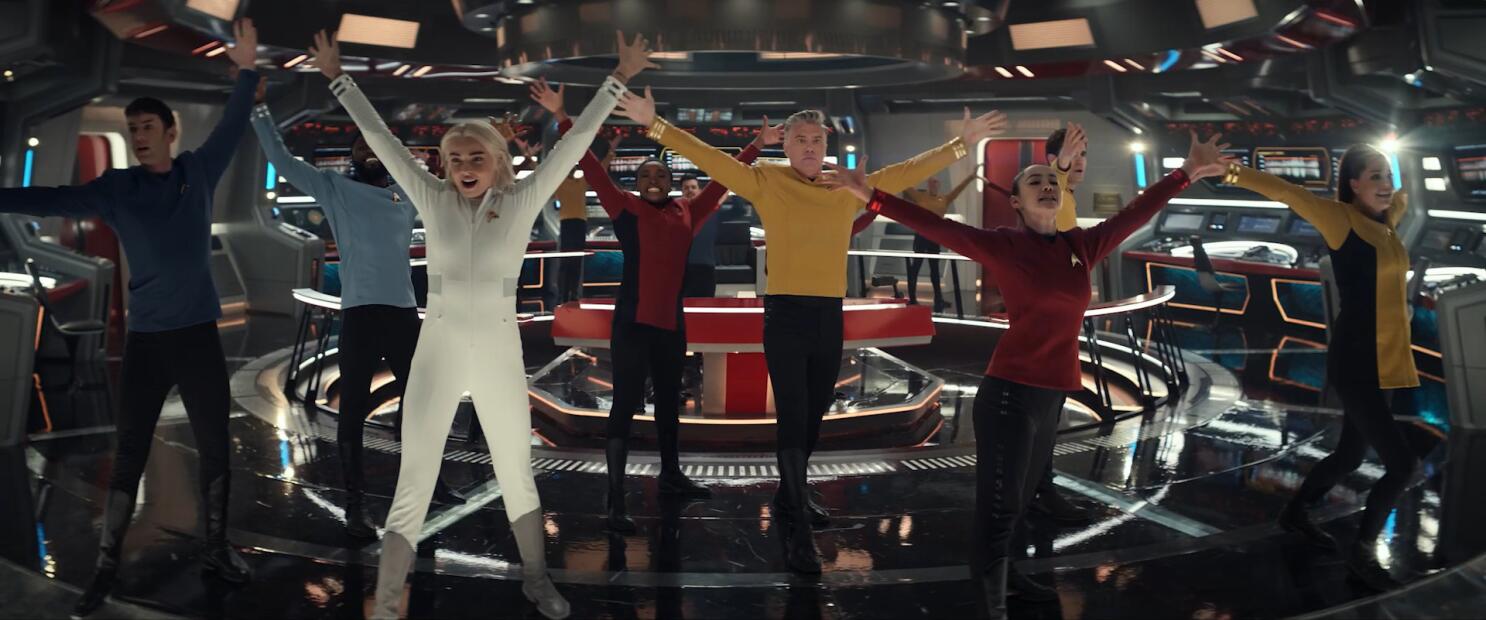
In the ’50s and ’60s, American automakers became famous for implementing an approach known as “planned obsolescence.” The idea was to roll out new features and appearance changes every year–adding a bigger tailfin here, a new hood ornament there, an FM radio option, an increase in horsepower, and perhaps a new form of power steering–so that a hapless person who bought a new car three years ago would look at their perfectly adequate vehicle with a sense of embarrassment and decide that they needed to buy a new one just to keep up with the times.
The new tech companies have gone one step beyond planned obsolescence, into the realm of forced obsolescence. That’s what happens when the tech companies just stop supporting the old tech that seems to work just fine, requiring you to purchase and switch to new tech. You don’t just want to change to keep up with the Joneses, you have to change if you want your device to work at all.
This is what happened with our Roku device, which is probably more than five years old. It has worked like a charm. Several months ago, however, we started to get messages when we tried one of the streaming service channels advising us that the channel was no longer available on our antique Roku device, At first I resisted doing anything about it, figuring that one less streaming service is not that big a deal. But now other services have started to drop off, too–so I’ve knuckled under and bought a new Roku device that hopefully will get us back to full streaming capabilities.
It’s irritating, but what are you going to do about it? The tech companies will tell you that they had to stop supporting the old device because of security risks, so the switch to the newer, faster, safer device is really for your own good. But his forced obsolescence approach also happens to provide a lot more certainty for tech company bottom lines, because the switch to the new product is no longer dependent on unpredictable consumer tastes and decisions. The tech companies figure that if they’ve got the ability to eliminate the X factor, why not do it?












